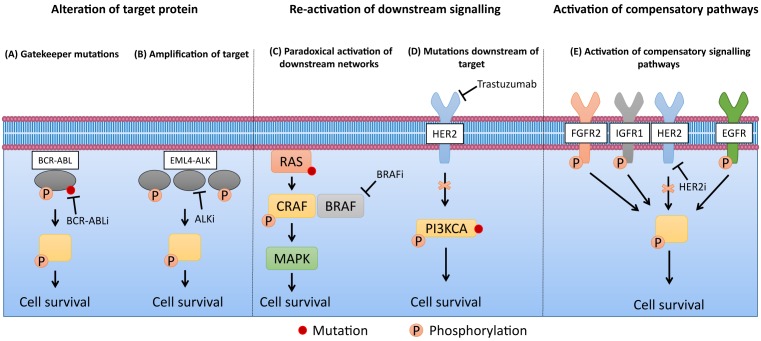Figure 1. Different signalling mechanisms of drug resistance.
(A) Gatekeeper mutations on BCR–ABL restore kinase activity in the presence of BCR–ABL inhibitors (BCR–ABLi) in chronic myeloid leukaemia (ATP-binding site mutations and T315I enable resistance to first- and second-generation BCR–ABLi respectively) [86]. (B) Amplification of the EML4–ALK fusion restores signalling in the presence of ALK inhibitor (ALKi) crizotinib in NSCLC by increasing levels of active unbound oncogene [87]. (C) In the presence of oncogenic RAS, BRAF inhibitors (BRAFi) drive the formation of stable BRAF–CRAF complexes, resulting in hyperactivation of MAPK signalling in metastatic melanoma [12]. (D) PI3KCA mutations downstream of HER2 can re-activate signalling blocked by the anti-HER2 targeted agent trastuzumab, enabling resistance in HER2-positive breast cancer [88]. (E) Upregulation of multiple RTKs activates compensatory signalling pathways following HER2 inhibition in HER2-positive breast cancer [13].

